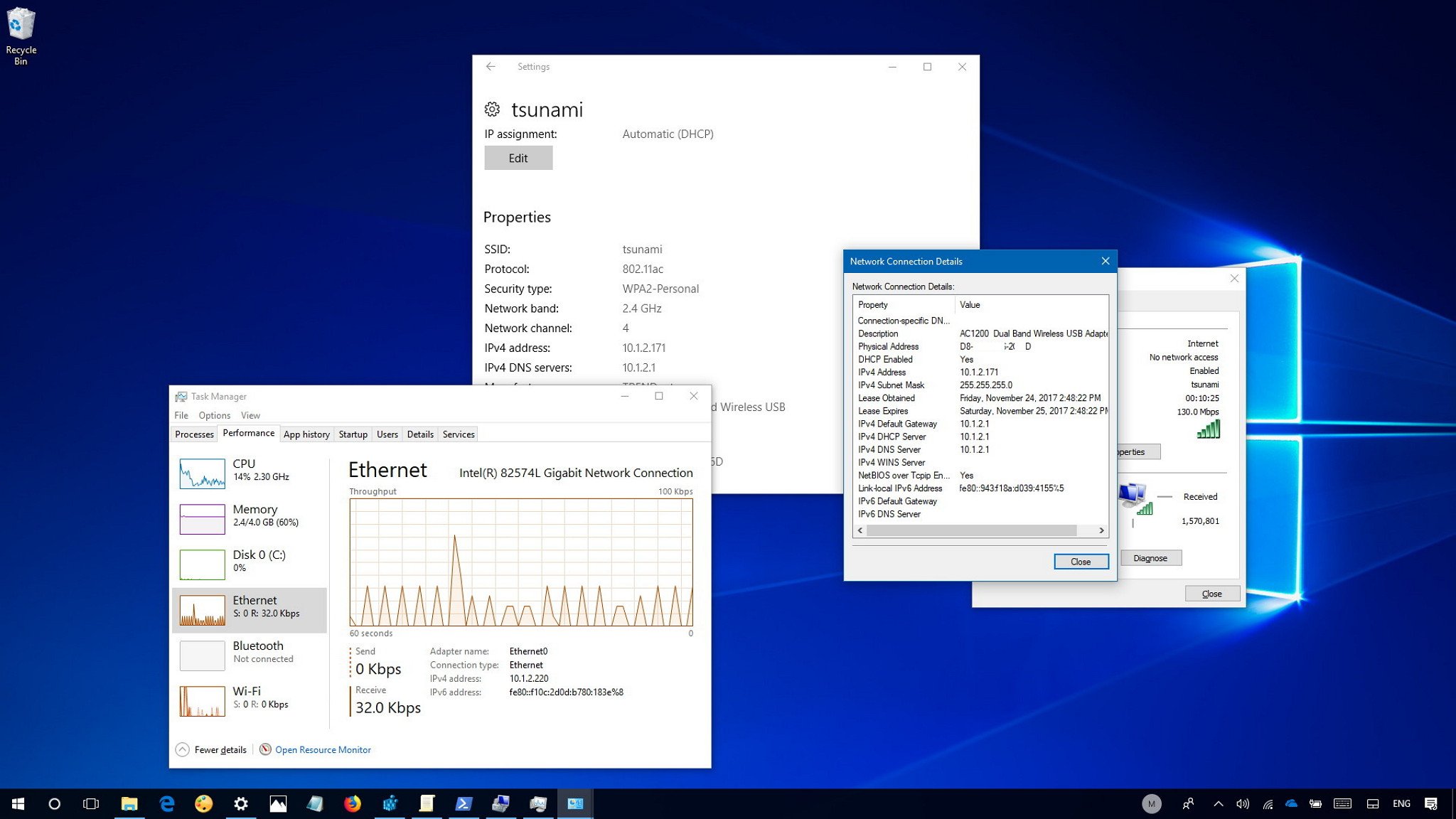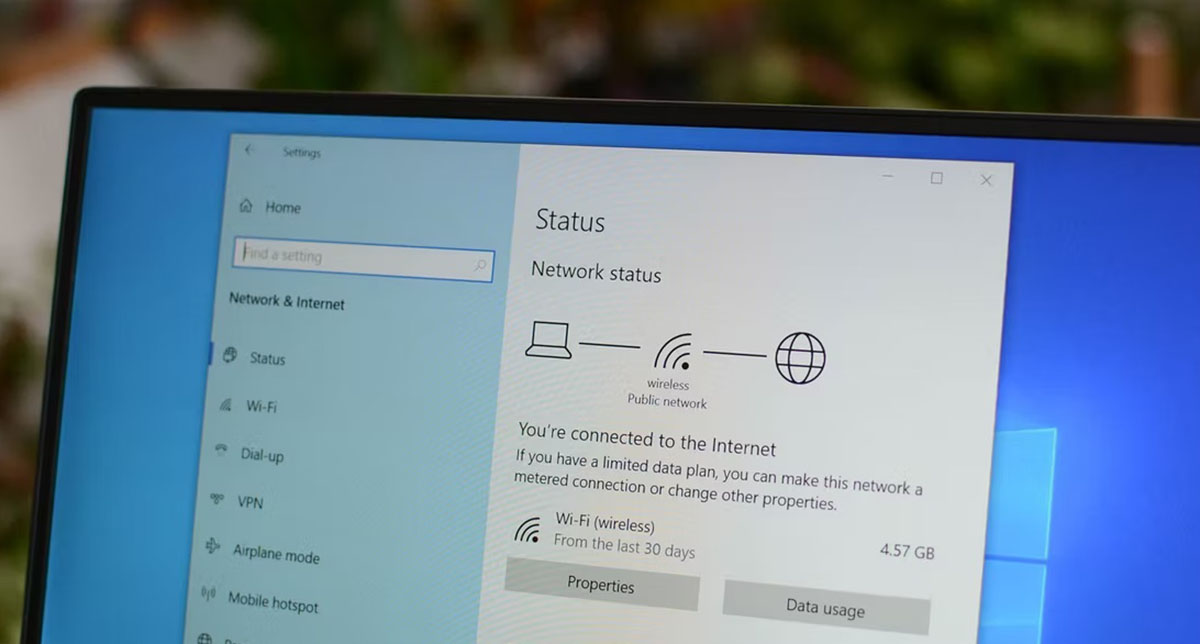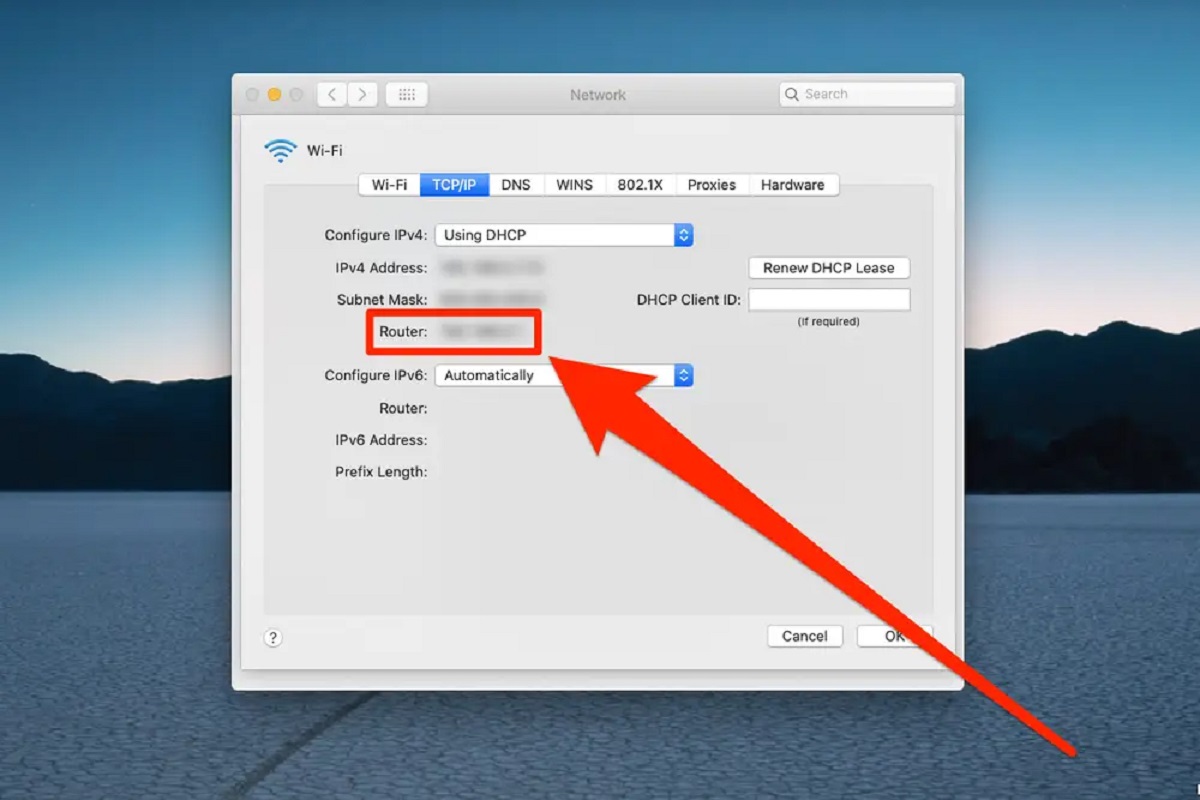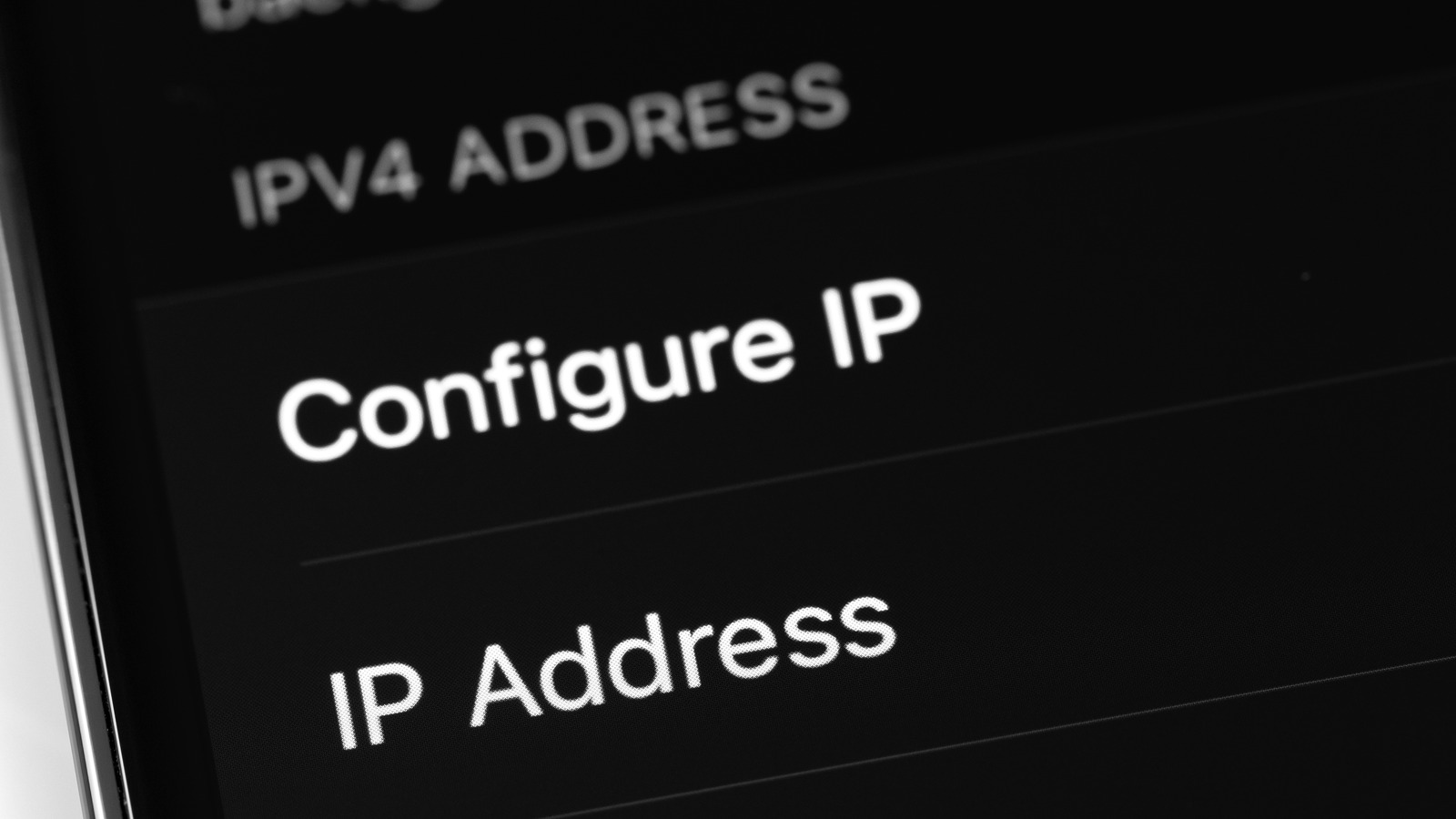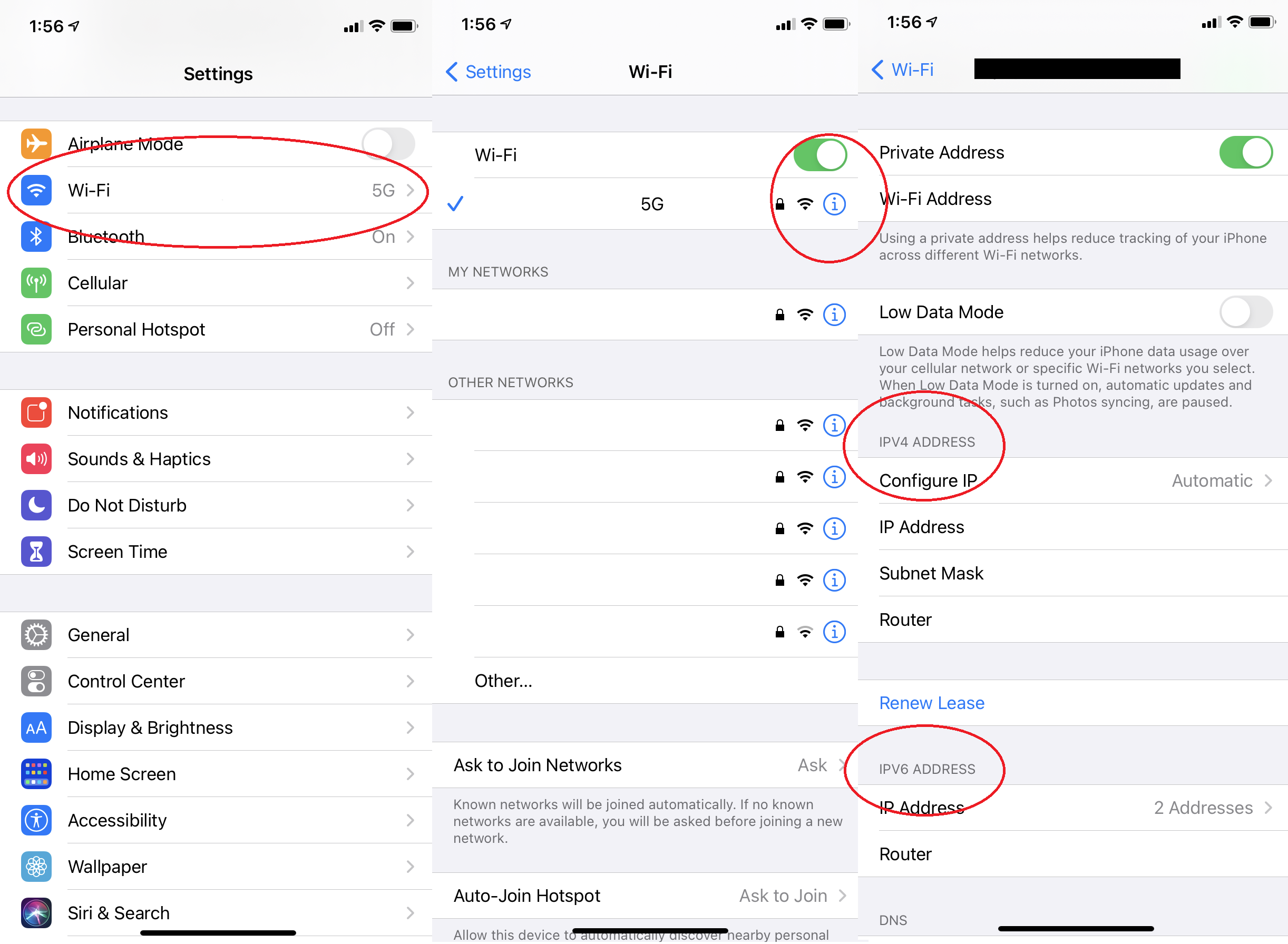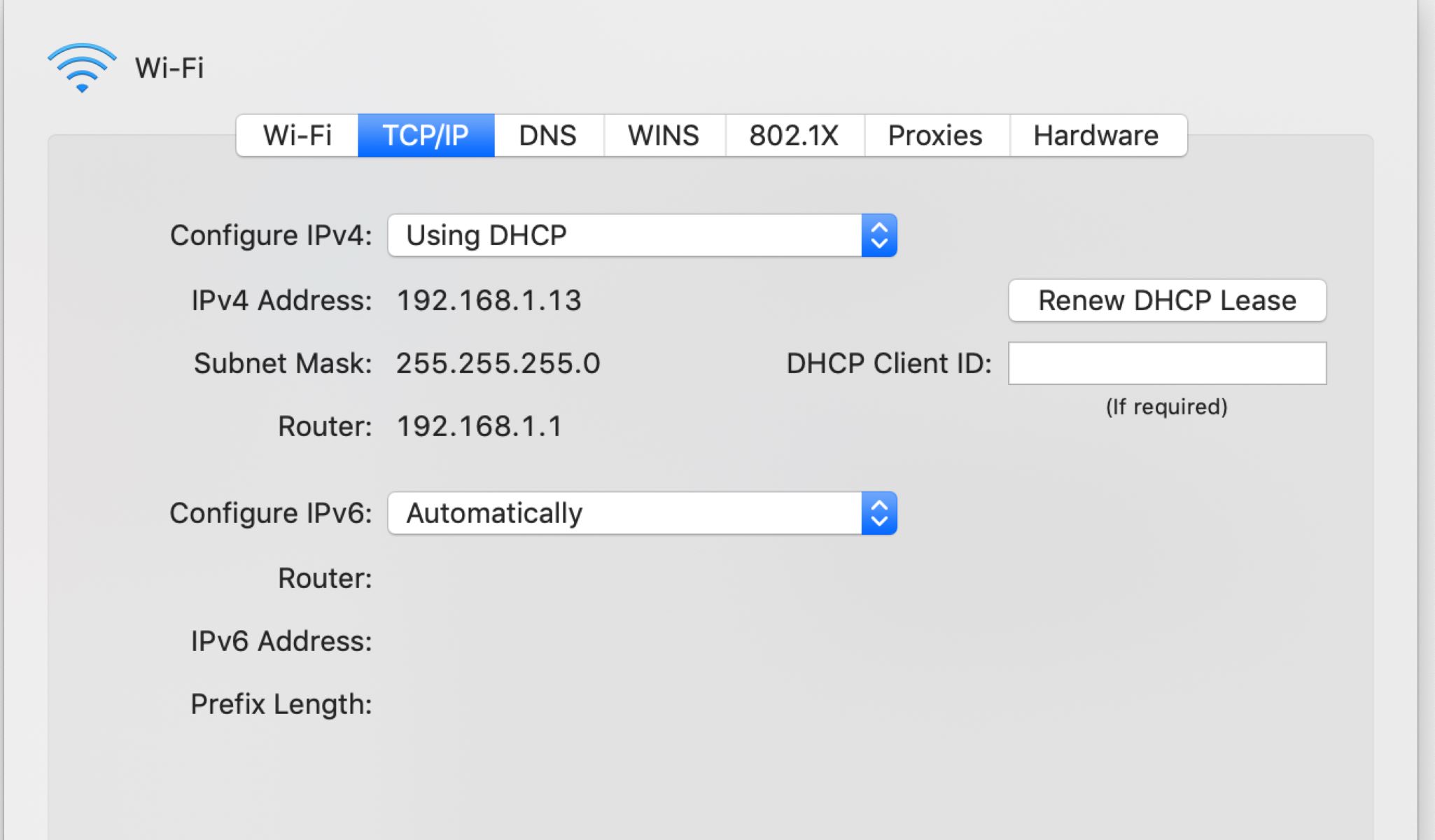Importance of IP Addresses on a Network
IP addresses are a crucial aspect of any network infrastructure, serving as a unique identifier for each device connected to the network. An IP (Internet Protocol) address allows devices to communicate with each other and enables the smooth transmission of data across the network. Without IP addresses, devices would be unable to send and receive data, resulting in the breakdown of network connections.
IP addresses play a vital role in ensuring the proper functioning and management of a network. They facilitate the routing of data packets from the source to the destination device, determining the most efficient path for data transmission. This improves network performance and minimizes data congestion, ensuring a seamless user experience.
In addition to facilitating data transmission, IP addresses enable network administrators to identify and manage devices connected to the network. By assigning a unique IP address to each device, administrators can monitor and control the flow of data, implement security measures, and allocate resources effectively.
IP addresses are also instrumental in enabling remote access to network devices. With the correct IP address and appropriate authentication, authorized individuals can remotely connect to devices and perform necessary maintenance and troubleshooting tasks. This allows for efficient network management and reduces the need for physical intervention.
Furthermore, IP addresses enable the identification and classification of devices within a network. By analyzing the IP addresses of connected devices, administrators can categorize devices into different networks or subnets based on their functions, locations, or security requirements. This segmentation helps in optimizing network performance, improving security, and simplifying device management.
Overall, IP addresses are the backbone of network communication. They allow for efficient data transmission, enable device identification and control, facilitate remote access, and assist in network segmentation. Understanding the importance of IP addresses is crucial for network administrators and IT professionals to effectively manage and troubleshoot network issues, ensuring the seamless functioning of the entire network infrastructure.
Methods to Find IP Addresses on a Network
Finding an IP address on a network is essential for various reasons, such as troubleshooting connectivity issues, setting up network devices, or keeping track of devices connected to the network. Fortunately, there are several methods that can help you find IP addresses on a network:
- Using the Command Prompt: One of the quickest and most reliable ways to find IP addresses is by using the Command Prompt utility on your computer. Simply open the Command Prompt and type “ipconfig” (for Windows) or “ifconfig” (for macOS and Linux) to display a list of network interface configurations. Look for the “IPv4 Address” or “IP Address” entry to find the IP address for each network interface.
- Using the Network and Sharing Center: On Windows, you can also find IP addresses using the Network and Sharing Center. Open the Control Panel, navigate to Network and Internet, and click on Network and Sharing Center. From there, click on the connected network and then click on the Details button. The IP address for the network interface will be listed under the IPv4 Address or IPv6 Address section.
- Checking the Router’s DHCP Client List: Most routers provide a DHCP client list that shows all the devices connected to the network and their assigned IP addresses. Access your router’s web interface by entering its IP address in a web browser, and then navigate to the DHCP or LAN settings. Look for a client list or connected devices section to find the IP addresses and associated device names.
- Using Network Scanning Tools: Network scanning tools like Nmap or Advanced IP Scanner can automatically scan your network and provide a list of connected devices with their corresponding IP addresses. These tools also offer additional information, such as the device’s MAC address, open ports, and operating system, making them useful for network exploration and troubleshooting.
- Troubleshooting IP Address Issues: If you encounter problems with IP addresses on your network, checking the network configuration, restarting the router or modem, and ensuring that DHCP is enabled can often resolve the issue. You can also try releasing and renewing the IP address of a specific device using the Command Prompt or network settings on your computer.
By using these methods, you can easily find and identify the IP addresses of devices connected to your network. Whether you are setting up a new device, diagnosing network problems, or managing your network infrastructure, having the ability to find IP addresses is crucial for effective network management and troubleshooting.
Using the Command Prompt to Find IP Addresses
The Command Prompt utility is a powerful tool that allows you to perform various network-related tasks, including finding IP addresses on your network. Here’s how you can use the Command Prompt to retrieve IP addresses:
- Open the Command Prompt on your computer. On Windows, you can do this by pressing the Windows key + R, typing “cmd” in the Run dialog box, and pressing Enter. For macOS and Linux, you can open the terminal.
- Type the following command and press Enter:
- A list of network interface configurations will be displayed. Look for the network interface you are interested in, such as Ethernet or Wi-Fi.
- Under the network interface section, look for the “IPv4 Address” or “IP Address” entry. The value listed next to it is the IP address assigned to that network interface.
- Make a note of the IP address for future reference. You may also find additional information, such as the subnet mask and default gateway, useful for network troubleshooting.
ipconfigUsing the Command Prompt to find IP addresses is especially helpful when you need to quickly retrieve IP information for a specific network interface. It provides a concise and straightforward way to view your device’s IP configuration without the need for third-party software or complicated settings.
In addition to the basic “ipconfig” command, you can also use additional parameters to get more detailed information. For example, using the “ipconfig /all” command will display comprehensive information about all network interfaces, including their physical addresses (MAC addresses), DNS servers, and DHCP lease details.
Moreover, keep in mind that the Command Prompt method is specific to Windows operating systems. For macOS and Linux, the equivalent command is “ifconfig” or “ip addr”. These commands provide similar information and can be used to find IP addresses on network interfaces in those respective operating systems.
The Command Prompt is a versatile tool that can help you troubleshoot network issues and gather essential network information. By using it to find IP addresses, you can efficiently manage and maintain your network infrastructure, ensuring optimal connectivity and smooth data transmission.
Using the Network and Sharing Center to Find IP Addresses
The Network and Sharing Center is a built-in utility in Windows that provides a user-friendly interface for managing network connections and settings. It also offers a convenient method to find IP addresses on your network. Here’s how you can use the Network and Sharing Center:
- Open the Control Panel on your Windows computer. You can do this by clicking on the Start menu and searching for “Control Panel”.
- In the Control Panel, navigate to “Network and Internet”.
- Click on “Network and Sharing Center”.
- Under the “View your active networks” section, you will see the network connection you are currently using. Click on the name of the network.
- A new window will open, displaying your network connection details. Click on the “Details” button.
- In the network connection details, you will find the IP address listed under the “IPv4 Address” or “IPv6 Address” section.
- Note down the IP address for future reference.
The Network and Sharing Center provides a simplified interface for users to view and manage their network connections. It offers an easily accessible option to find the IP address of your network interface without the need for complex commands or configurations.
Furthermore, the Network and Sharing Center provides additional information about your network connection, such as the network type (e.g., Public, Private, or Domain), connection speed, and network discovery settings. This information can be useful in troubleshooting network connectivity issues or determining the network’s security profile.
Note that the steps provided here are specific to Windows operating systems. For macOS and Linux, the network settings interface may differ, but you can typically find IP address information by navigating to the network settings or system preferences.
By utilizing the Network and Sharing Center, you can easily find the IP address associated with your current network connection. This allows you to identify and manage network devices, troubleshoot connectivity issues, and maintain a robust and efficient network infrastructure.
Checking the Router’s DHCP Client List for IP Addresses
Your router plays a vital role in assigning IP addresses to devices on your network through the Dynamic Host Configuration Protocol (DHCP). By checking the router’s DHCP client list, you can easily obtain a list of IP addresses and associated device names on your network. Here’s how you can do it:
- Open a web browser on a device connected to your network.
- Type the IP address of your router into the browser’s address bar. This IP address is typically mentioned in the router’s manual or can be found by doing a quick internet search with your router’s model number.
- Enter the login credentials for your router. These credentials are usually found on the router itself or mentioned in the manual.
- Once logged in, navigate to the DHCP or LAN settings section. The exact location and terminology may vary depending on your router’s interface.
- Look for a DHCP client list or connected devices section. This list provides a view of all devices currently connected to your network and their respective IP addresses.
- Take note of the IP addresses and device names listed in the DHCP client list. They will help you identify the devices connected to your network.
- In some cases, the router’s DHCP client list may also include additional information such as MAC addresses or lease expiration times. This data can be valuable for managing network resources and troubleshooting purposes.
Checking the router’s DHCP client list is a convenient way to obtain IP address information for devices on your network. It provides a centralized view of all connected devices and allows you to monitor network activity. This information can be especially helpful when troubleshooting network issues or when you need to identify a specific device’s IP address.
Additionally, keep in mind that the router’s IP address and the method for accessing its settings may vary based on the router’s manufacturer and model. Ensure that you have the correct IP address and login credentials to access your router’s settings.
By regularly checking the DHCP client list on your router, you can stay informed about the devices connected to your network and easily manage IP addresses and network resources for optimal performance and security.
Using Network Scanning Tools to Find IP Addresses
Network scanning tools are powerful utilities that can help you discover and identify devices connected to your network, including their IP addresses. These tools automate the process of scanning your network and provide valuable information about the devices present. Here’s how you can use network scanning tools to find IP addresses:
- Nmap: Nmap is a widely used network scanning tool that is available for multiple platforms, including Windows, macOS, and Linux. With Nmap, you can scan your network for connected devices and retrieve their IP addresses, MAC addresses, open ports, and other relevant information. Nmap offers a command-line interface with various scanning options to suit your specific needs.
- Advanced IP Scanner: Advanced IP Scanner is a user-friendly network scanning tool available for Windows. It scans your network and provides a list of connected devices along with their IP addresses, MAC addresses, and device types. Advanced IP Scanner also includes additional features such as remote shutdown, wake-on-LAN, and access to shared folders on network devices.
- Zenmap: Zenmap is the graphical user interface (GUI) version of Nmap. It offers an intuitive interface for network scanning and allows you to visualize and interpret the scan results more easily. Zenmap provides various scan profiles and options, making it suitable for both novice and advanced users.
- Angry IP Scanner: Angry IP Scanner is an open-source network scanning tool available for Windows, macOS, and Linux. It scans your network and displays a list of IP addresses along with their corresponding hostnames, MAC addresses, and response times. Angry IP Scanner also includes additional features such as exporting scan results, resolving hostnames, and customizable scanning options.
When using network scanning tools, it’s essential to ensure you have proper authorization to scan the network. Network scans can be intrusive, and it’s best to use these tools on networks you own or have permission to scan.
Network scanning tools provide a comprehensive and efficient way to find IP addresses on your network. They save time and effort by automating the process and providing valuable information to help in network administration, security assessments, and troubleshooting.
Remember to use network scanning tools responsibly and ethically, respecting the privacy and security of other devices and networks. By leveraging these tools, you can gain a deeper understanding of your network and effectively manage the devices connected to it.
Tips for Troubleshooting IP Address Issues
Encountering issues related to IP addresses on a network can disrupt connectivity and hinder communication between devices. Here are some helpful tips for troubleshooting IP address issues:
- Check Network Configuration: Ensure that the network configuration settings on the device experiencing issues are correct. Verify that the IP address, subnet mask, and default gateway are properly configured.
- Restart Router or Modem: Sometimes, rebooting the router or modem can resolve IP address conflicts or lease issues. Power off the device, wait for a few seconds, and then power it back on.
- Enable DHCP: Check if the DHCP (Dynamic Host Configuration Protocol) is enabled on your router. DHCP automatically assigns IP addresses to devices on the network. Enabling DHCP can help resolve IP address conflicts and simplify network management.
- Release and Renew IP Address: If a device is experiencing connectivity issues, try releasing and renewing its IP address. Open the Command Prompt or network settings on the device and use the appropriate command or option to release and renew the IP address.
- Disable and Enable Network Interface: Disabling and re-enabling the network interface on the affected device can sometimes resolve IP address issues. This action can reset the network settings and establish a new connection with the router.
- Check for IP Address Conflicts: IP address conflicts occur when multiple devices on the network have the same IP address. Use a network scanning tool or check the router’s DHCP client list to identify any conflicts. Assign a unique IP address to the affected device to resolve the conflict.
- Update Router Firmware: Outdated router firmware can cause various network issues, including IP address problems. Check the manufacturer’s website for firmware updates and apply them if available.
- Reset Router to Factory Defaults: If all else fails, resetting the router to its factory default settings can often resolve persistent IP address issues. However, note that this action will remove any custom configurations, so make sure to reconfigure the router accordingly.
Remember to approach troubleshooting IP address issues systematically and consider other possible factors such as network hardware, software conflicts, or firewall settings. If the problem persists, it may be beneficial to seek assistance from a network administrator or IT professional who can provide specialized support.
By following these troubleshooting tips, you can resolve many common IP address issues and restore smooth network connectivity, ensuring efficient communication and data transmission between devices on your network.
Conclusion
Understanding IP addresses and their significance in a network is crucial for effective network management and troubleshooting. IP addresses enable devices to communicate with each other, route data packets, and ensure seamless network connectivity.
In this article, we explored various methods to find IP addresses on a network. We learned how to use the Command Prompt to retrieve IP addresses quickly and efficiently. We also discovered how the Network and Sharing Center in Windows provides a user-friendly interface for accessing IP address information.
Additionally, we discussed the importance of checking the router’s DHCP client list to obtain a comprehensive view of connected devices and their assigned IP addresses. We also explored the benefits of using network scanning tools, such as Nmap, Advanced IP Scanner, Zenmap, and Angry IP Scanner, to automate the process of discovering IP addresses on a network.
Finally, we shared some valuable tips for troubleshooting IP address issues, including verifying network configurations, restarting routers or modems, enabling DHCP, releasing and renewing IP addresses, and checking for conflicts.
By leveraging the knowledge and techniques provided in this article, you can effectively manage your network, resolve IP address issues, and ensure smooth communication and data transmission between devices.
Remember to approach network troubleshooting systematically and consider other factors that may contribute to connectivity issues. If you encounter persistent problems or require advanced network support, it is advisable to seek assistance from a network administrator or IT professional.
With a solid understanding of IP addresses and the means to find and troubleshoot IP address-related issues, you are well-prepared to maintain and optimize your network’s performance and connectivity.







